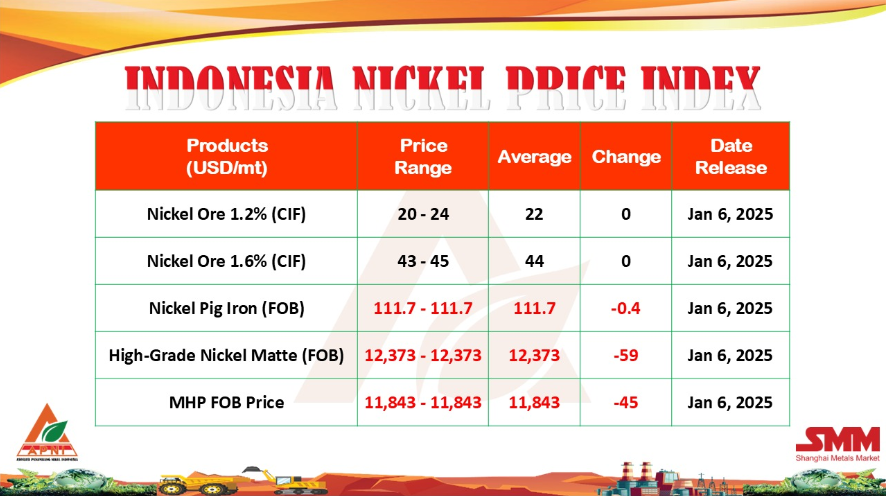About two hours' drive southeast of Jakarta, capital of Indonesia, lies a tranquil mountain range in West Java. As one navigates the winding roads that snake through the mountains, breathtaking vistas gradually unfold. In the distance, under blue skies and white clouds, the Cirata Reservoir emerges, nestled amidst the majestic peaks. What catches the eye, however, are the neatly arranged massive arrays of photovoltaic (PV) panels that float on the surface of the reservoir.
Spanning across the equator, Indonesia is the largest archipelagic country in the world. It boasts mammoth oceanic area and rich solar resources. The Indonesian government has decided to develop solar power generation into the strongest pillar of its clean energy supply by 2060.
As a collaboration project between Indonesia's state electricity corporation PLN and the United Arab Emirates energy company Masdar, the Cirata floating solar plant was constructed by China's PowerChina Huadong Engineering Corporation Limited (HDEC). The 192-megawatt-peak capacity power plant was connected to the power grid in November last year.
The Cirata floating solar plant features 13 PV arrays. Each of them measures 430 meters long and 230 meters wide, and includes 48 sub-arrays. Together, they comprise a total of over 28,000 solar panels.
Wang Shaofeng, deputy chief engineer of the project, told People's Daily that it was the first time for HDEC to build a floating solar farm so huge and challenging that required the company to overcome various problems throughout the designing to construction phases.
According to Wang, the Cirata floating solar plant is the first floating solar farm in the world that floats on a reservoir with depths up to 100 meters.
Due to the complex topography, steep slopes and thick sludge under the water, it was difficult to fix anchor blocks during the construction, Wang noted, adding that the project team specifically developed anchor blocks with higher bearing capacity to make the anchor system stable.
"The Cirata floating solar plant is the first floating PV project in Indonesia and the largest in Southeast Asia. It is a key strategic project of Indonesia at the national level. The smooth implementation and completion of the project have boosted the country's confidence in energy transition," said Guo Xiaodan, the representative of PowerChina in Indonesia.
Today, the Cirata floating solar plant accounts for 25 percent of Indonesia's total new energy generation capacity. It is expected to generate 300,000 megawatt-hours of electricity each year, providing clean energy to about 50,000 Indonesian households.
According to preliminary estimates, the project will save 117,000 tons of standard coal for Indonesia on an annual basis, and reduce the annual emission of carbon dioxide, coal dust, sulfur dioxide and nitrogen oxide by 214,000 tons, 82,000 tons 9,000 tons, and 4,500 tons respectively.
So far, the project has offered over 8,000 jobs for local communities both directly and indirectly. Tang Lijun, on-site manager of the project, told People's Daily that most of the project's employees used to be farmers and fishers, whose incomes were very unstable as they lived at the mercy of the elements.
Their incomes have significantly increased after working on the project, with some experiencing a fourfold surge in monthly earnings, Tang said. After the completion of the project, they can continue to work in operations and maintenance of the project using the skills they have acquired or seek employment in other projects, Tang added.
It is learned that the project has also organized professionals to visit local middle schools to promote PV knowledge, and worked with the local government to recruit interns from Indonesian universities in an effort to cultivate a talent pipeline.
Yoga, a university student in internship on the project, said: "The staff on the project patiently guided and helped us. Here, I learned a lot of knowledge and experience that cannot be gained at university."
Guo said that the project has always followed a localization strategy, employing local designing, construction and installation teams, and offering multiple safety and skill training sessions for local workers. The project has nurtured a batch of outstanding professionals in the PV industry, Guo added.
The Cirata floating solar plant exemplifies the practical cooperation between China and Indonesia. In recent years, the two countries have achieved significant progress in their collaboration on renewable energy. Notably, PowerChina's successful river diversion at the Batang Toru Hydropower Station has laid a crucial groundwork for future work. Additionally, Trina Solar, a Chinese PV company, has signed an agreement with Indonesian partners to establish Indonesia's inaugural production base for PV cells and modules.
"China owns advanced technological expertise in renewable energy. Strengthening cooperation with China will help Indonesia achieve its energy transition goals," said Agung Pribadi, director of the Center for Mineral, Coal and Geothermal Resources at the Ministry of Energy and Mineral Resources of Indonesia. He emphasized that China will play a crucial role in assisting Indonesia in achieving its carbon neutrality objectives.
"The Cirata floating solar plant has become another iconic project of the Belt and Road cooperation between Indonesia and China after the Jakarta-Bandung High-Speed Railway," said Veronika S. Saraswati, convener of the China Studies Research Unit at Indonesia's leading think-tank Center for Strategic and International Studies.
The successful operation of the Cirata floating solar plant once again demonstrates the achievements and potential of cooperation between Indonesia and China in the field of renewable energy, she noted.
She believes that the two countries will continue to deepen their comprehensive strategic partnership for more mutual benefit and win-win cooperation.
Copyright © 2013 Ferro-Alloys.Com. All Rights Reserved. Without permission, any unit and individual shall not copy or reprint!
- [Editor:kangmingfei]



 Save
Save Print
Print Daily News
Daily News Research
Research Magazine
Magazine Company Database
Company Database Customized Database
Customized Database Conferences
Conferences Advertisement
Advertisement Trade
Trade














 Online inquiry
Online inquiry Contact
Contact

Tell Us What You Think